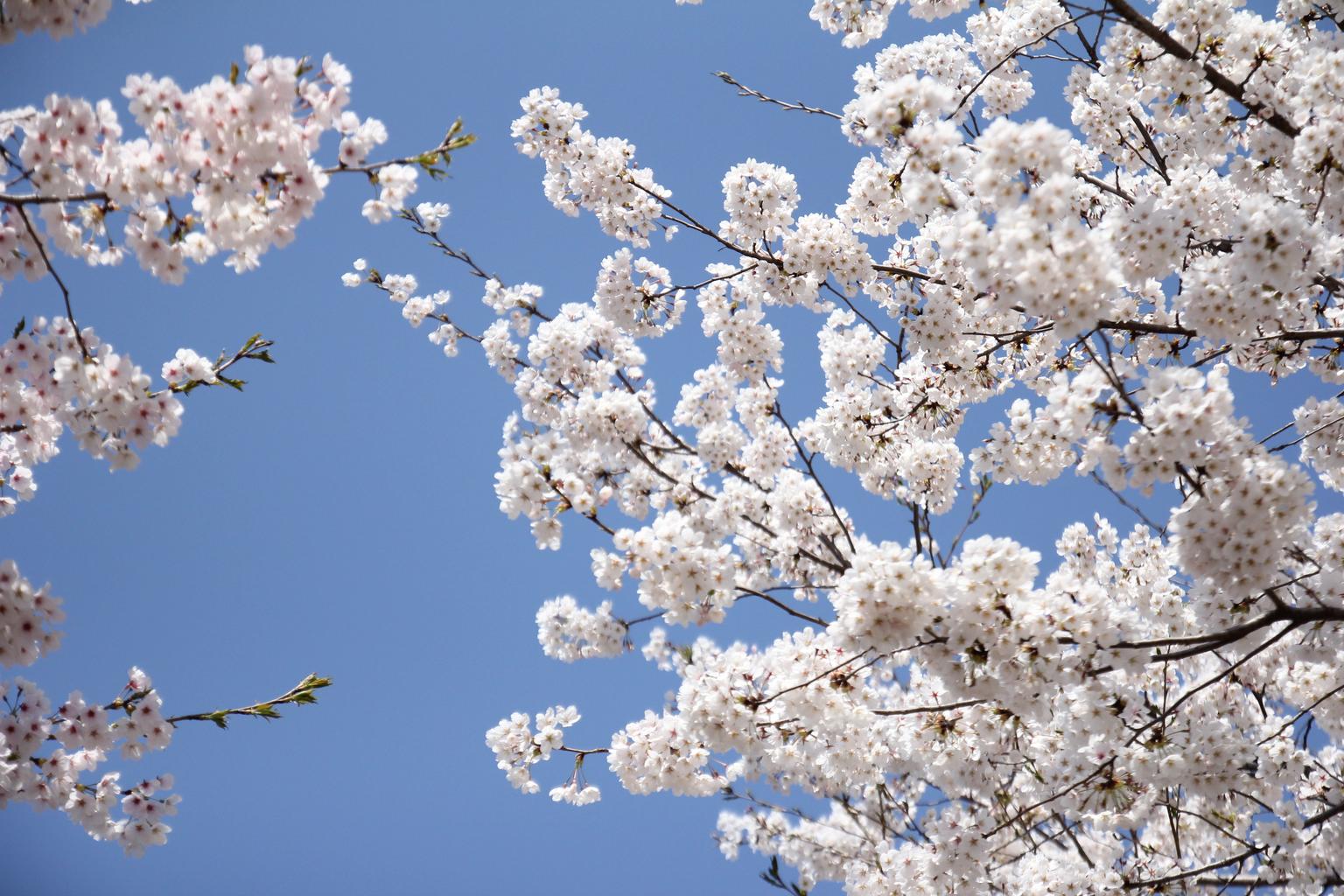Introduction
In the world of indoor gardening, precision is key. Whether you're nurturing delicate seedlings or maintaining robust flowering plants, managing environmental conditions can significantly impact growth rates, plant health, and yield quality. One of the most critical aspects of this management is humidity control. Enter digital hygrometers—devices that measure the moisture content in the air. This article delves deep into Using Digital Hygrometers in Grow Tents: Benefits and Recommendations, offering insights into their importance, functionality, and how they enhance your growing experience.
Understanding Humidity in Grow Tents
What Is Humidity?
Humidity refers to the amount of water vapor present in the air. It's usually expressed as a percentage; for instance, 50% relative humidity means that the air holds half as much moisture as it could at a specific temperature.
Why Is Humidity Important for Plants?
Plants absorb moisture through their leaves and roots. The right level of humidity ensures optimal transpiration rates, which is crucial for nutrient uptake. Too much humidity can lead to mold growth, while too little can cause stress and stunted growth.
Ideal Humidity Levels for Different Growth Stages
- Seedlings: 65-75% relative humidity Vegetative Stage: 40-70% relative humidity Flowering Stage: 40-50% relative humidity
Using Digital Hygrometers in Grow Tents: Benefits and Recommendations
What Exactly Is a Digital Hygrometer?
A digital hygrometer is an electronic device designed http://collectivethoughts599.yousher.com/resetting-your-air-purifier-filter-a-necessary-task to measure air moisture levels accurately. Unlike analog models that use mechanical components, digital hygrometers provide precise readings with quick refresh rates.
Advantages of Digital Over Analog Hygrometers
Accuracy: Digital hygrometers typically offer more precise measurements than their analog counterparts. Ease of Use: Most digital models are user-friendly with straightforward displays. Data Logging: Some advanced models have data logging features that allow you to track changes over time.How Do Digital Hygrometers Work?
Digital hygrometers utilize sensors (usually capacitive or resistive) to gauge moisture levels and display them on an easy-to-read screen.
Choosing the Right Digital Hygrometer for Your Grow Tent
Key Features to Consider
Calibration Settings Temperature Readings Battery Life Display Type (LCD vs LED)Recommended Models
Here are some highly-rated digital hygrometers ideal for grow tents:
| Model | Key Features | Price Range | |-----------------|------------------------------------------|-------------| | AcuRite 00613 | High accuracy, temperature included | $15-$25 | | ThermoPro TP50 | Large display, dual sensor | $20-$30 | | Govee H5081 | Smart features with app connectivity | $30-$50 |
Maintaining Optimal Humidity Levels in Grow Tents
How to Raise Humidity in Grow Tent?
If you find your grow tent's humidity levels dipping below recommended ranges, there are several strategies you can employ:
Use a Humidifier: A portable humidifier can effectively raise moisture levels. Water Trays: Place shallow trays filled with water inside your tent. Misting: Lightly misting plants with water can temporarily increase ambient humidity.How to Control Humidity in Grow Tent?
To maintain consistent humidity levels:

- Regularly monitor using your digital hygrometer. Adjust ventilation according to weather changes outside. Consider using a dehumidifier if excess moisture becomes a problem.
Dehumidifiers: A Needed Companion for Your Grow Tent
Why You Might Need a Dehumidifier
While plants need moisture, too much humidity can lead to issues like mold and root rot. A dehumidifier helps ensure that your grow tent remains within optimal parameters.
Types of Dehumidifiers Suitable for Grow Tents
Desiccant Dehumidifiers: Ideal for smaller spaces; use silica gel or similar materials. Refrigerant Dehumidifiers: More powerful units suitable for larger setups (4500 sq ft energy star dehumidifier).Efficiency Comparison Table
| Type | Capacity | Energy Consumption | |--------------------------|------------------|--------------------| | Desiccant | Low | Moderate | | Refrigerant | High | Higher |
Common Problems Related to Humidity Control
Air Quality Monitor Mold Issues
High humidity creates an environment conducive to mold growth, leading to several health issues both for plants and humans.
Signs of Mold Growth
- Visible spores on plant surfaces Musty odors Wilting or yellowing leaves
What Does the Red Light on My Air Purifier Mean?
If you're also using an air purifier alongside your grow tent setup, a red light usually indicates that the filter needs changing or maintenance is required.
FAQs About Using Digital Hygrometers in Grow Tents
1. Can I use analog hygrometers instead of digital ones?
Yes, but digital hygrometers tend to be more accurate and easier to read.
2. How often should I check my grow tent's humidity?
Daily monitoring is recommended during critical growth phases such as flowering.

3. Will using a humidifier affect my electric bill?
Yes, especially if you're using high-capacity units regularly; consider energy-efficient models.

4. Can I use silica gel packets in my grow tent?
While silica gel works well for small spaces like shoes or closets, it may not be suitable for entire grow tents where larger volumes of moisture need management.
5. How do I know if my dehumidifier is working properly?
Check its output settings against your hygrometer readings; if there's no change after several hours, it might not be functioning correctly.
6. Are bladeless fans more energy efficient than traditional fans?
Bladeless fans are generally quieter but may not significantly impact energy efficiency compared to traditional fans; however, they provide better airflow distribution which could indirectly help manage humidity levels effectively.
Conclusion
Managing environmental conditions in a grow tent requires diligence and appropriate tools like digital hygrometers and dehumidifiers tailored specifically for growing needs. Understanding how these devices work together allows growers at any level—from hobbyists to professionals—to optimize their indoor gardening experience effectively.
In summary, knowledge about how to control humidity paired with suitable equipment recommendations forms the backbone of successful indoor gardening practices—ultimately leading you one step closer toward achieving those lush green results you've always desired! So gear up with accurate readings from your digital hygrometer today!
Remember—when it comes down to growing plants successfully indoors—precision isn't just important; it's essential!